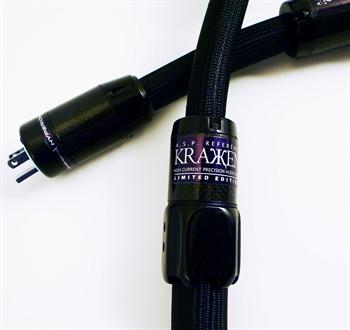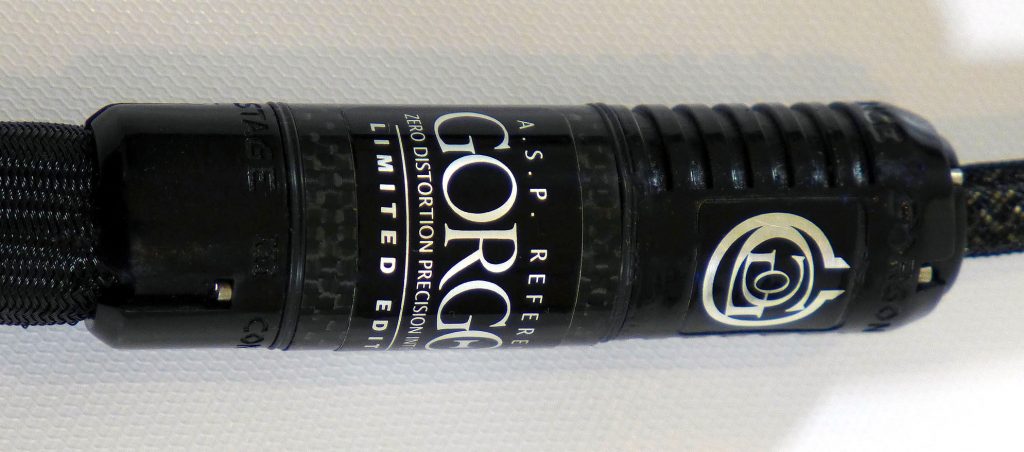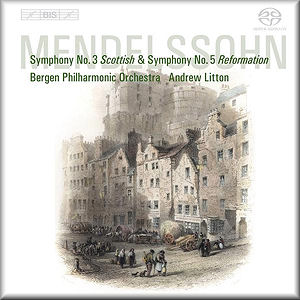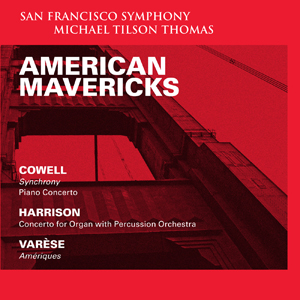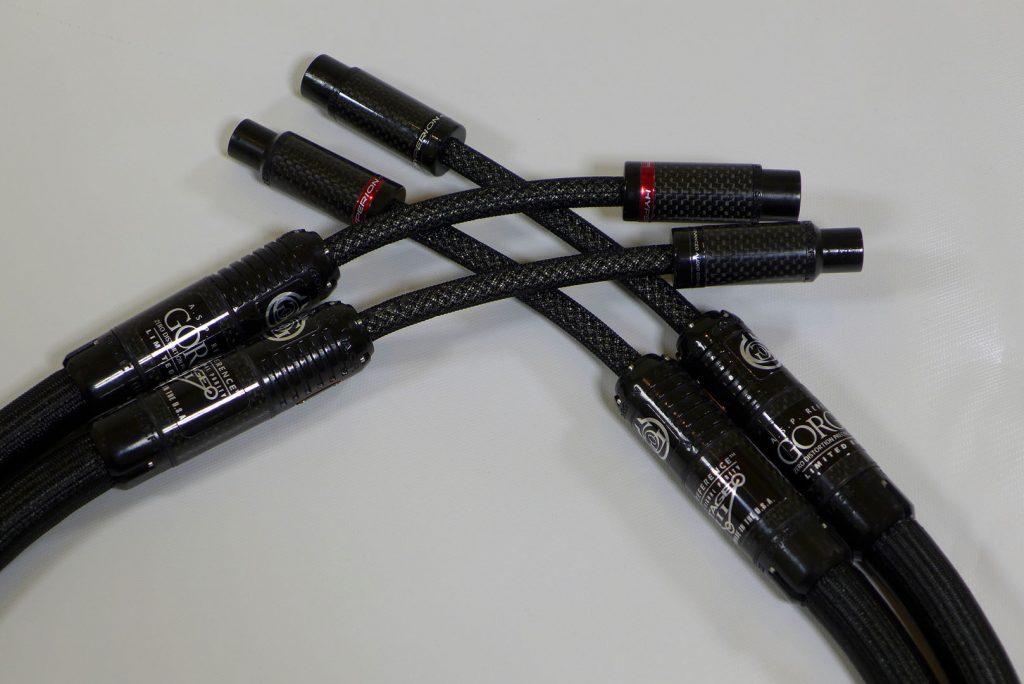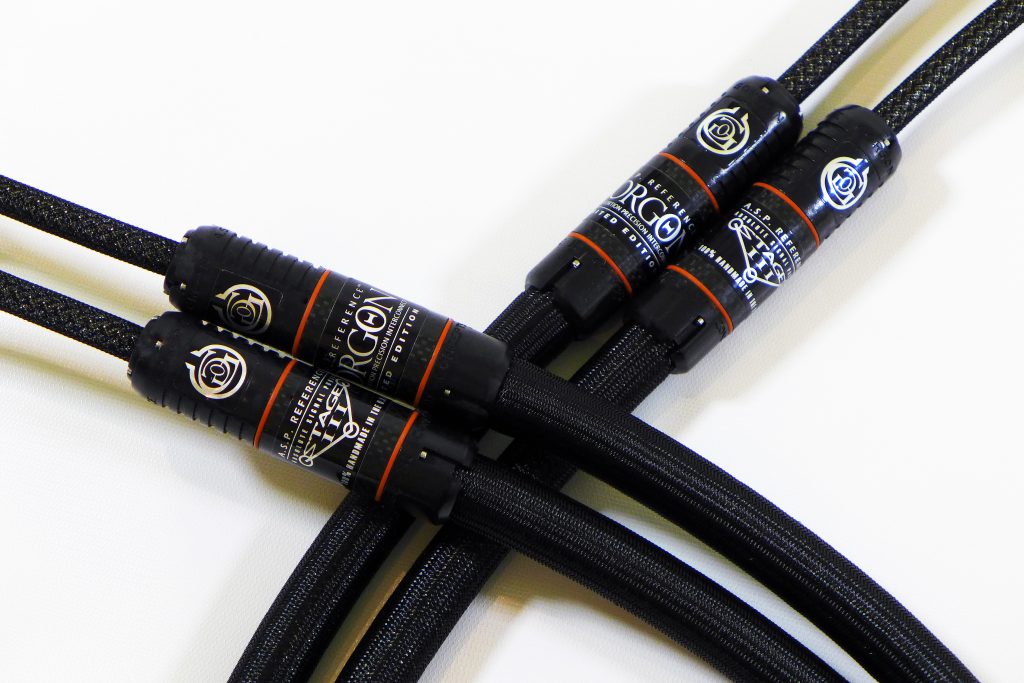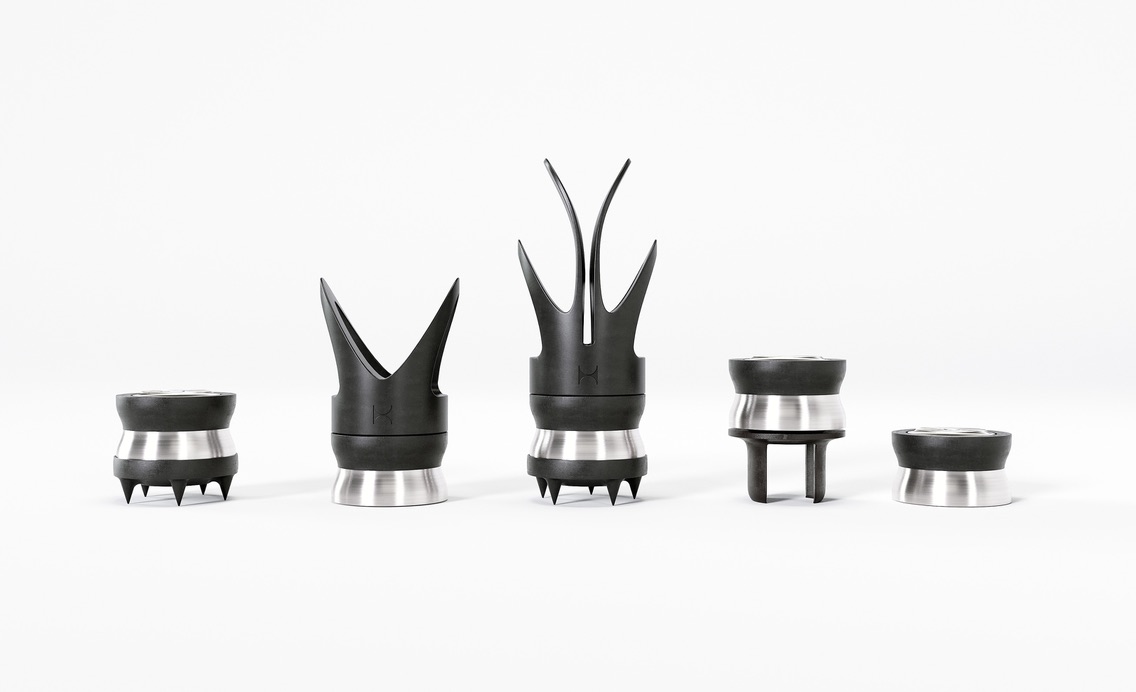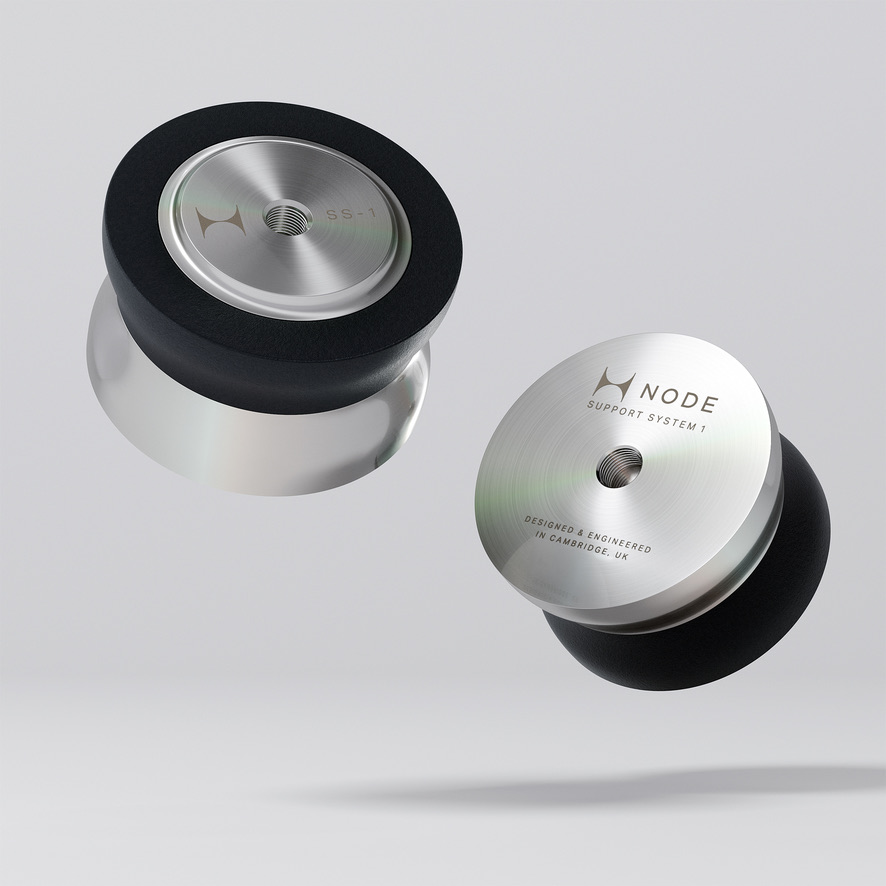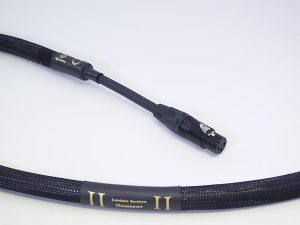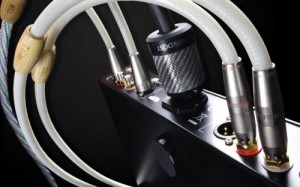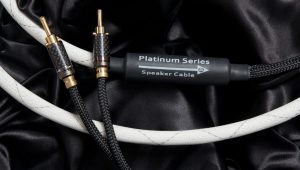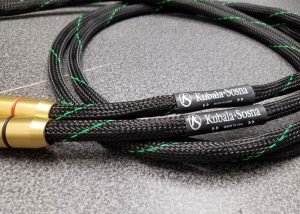"That is a…a…a power cord?" It's a guilty pleasure witnessing visitors' disbelief when I show them a Stage III Concepts cable. Even seasoned audiophiles are predictably wide-eyed. The uncommon (unnatural?) girth and nonpareil build quality of the cables make other brands appear malnourished. And then there's the top-of-the-line Leviathan Power Cord, the "Sea Monster," surely a beast unique in all Hi-fi-dom.
Every aspect of production from design to fabrication to assembly is done in-house—nothing is off the shelf. While they ain't cheap, you can see where your dollars are going. The key question is what substance does this cable jewelry offer to justify the pricing? I can decidedly say that the three I've reviewed—the Kraken and Leviathan power cords and the Medusa Speaker Cable—all deliver the goods in spades.
Now I've got my first Stage III interconnect in for review. Cosmetically, the Gorgon follows suit. Sonically, I had every reason to expect it would also fall in line, as I was told it incorporated all of the latest design innovations. If that was the case—woohoo, we're in for a jolly ride! I kept my fingers crossed.
The first SACD I put on for serious listening was new to me, Mendelssohn Symphony No. 5 ‘Reformation', with Andrew Litton conducting the Bergen Philharmonic (BIS-SACD-1604). It sounded weak, there was a suckout in the lower-mids, and dynamics lacked punch. That combination of conductor, orchestra, and label are usually bankable for top-notch sound. Hmm.
I briefly puzzled over what I heard before switching to Weinberg Concertos (Chandos CHSA 5064) from the reference pile. Ah, yes, there it is! The muscular, thrusting wave fronts, the extrovert voicing—the familiar characteristics of the new line were all there. By that I mean big tone, big images, big dynamics, and taut, zaftig fullness that is fleshy and firm. Smooth, grainless, a bit forward—lovely!
The way Stage III has voiced the cable insures they won't sound analytical. The problem with many Hi-Res cables is their inherent leanness. They produce anorexic bodies with no meat on the bones. It's easy to get detail if you thin out the sound. The Gorgon has an extended treble, but there's plenty of body; it'll never bite you.
Evidently the lightness in the Mendelssohn was in the source. But the example is worth mentioning because it demonstrates something important. The Gorgon can sound light, if that's what it's fed. The other Stage III wires—the Leviathan, Kraken, and Medusa—impart a heavier footprint. With those wires it was necessary to compensate by lightening the tonal palette. You will gain some weight with the Gorgon, but less so. Only minor, if any, adjustment was necessary. This reflects a more linear frequency response.
Aside from its more neutral frequency response, the Gorgon shares the extrovert personality common to the three other wires. And the cable is fast, fast, fast. The changes in your sound will take getting used to.
Dissonance
One of the hardest things to reproduce is an instrument pair playing off pitch by a semi-tone (micro-tone). Another is the "cluster chord" that is executed by a keyboardist banging an elbow or fist on the keyboard. This is spontaneous and coarse; the notes struck are not notated and reside outside of any scale. The dissonance produced is intended to be discomforting and grate on the ear. Modern classical composers are fond of these devices.
You will find them well represented on American Mavericks (SFS 0056). Conductor Michael Tilson Thomas and the San Francisco Symphony, on a mission to resurrect forgotten American oeuvre from the dustbins of the early 20th century, have collected a hodgepodge of them on this SACD. As you might expect, a lot of it deserves to molder, but there are a few interesting specimens of paths less traveled.
I have a particular fondness for the third movement of Henry Cowell's Piano Concerto. It is a thorny piece with prominent dissonances and cluster chords accenting a quirky melody so contorted you will find it impossible to determine the meter. There will be no foot tapping here. The meter and rhythm morph every couple of bars and much of it comes across as clangorous noise, but it has moments I find intriguing.
With the Stage III wires you don't get lost. They resolve side-by-side instrument pairs playing a semi-tone apart and you can hear the notes within the cluster chords of the piano. Even when the full orchestra joins the cacophony you can discern the contributions of individual instruments.
The dissonances become less jarring when you hear the components of the sound separately resolved. All Stage III wires have a robustus personality, with crisply defined images, lots of detail, and great dynamics. Yet, there's no brittleness; they don't make you feel edgy. The sound is relaxed and the music has a soft quality.
Ruminations on Accepted Audio Wisdom
The Gorgon is stimulating the same ruminations I pondered back when I reviewed the Medusa speaker cables.
Brain Teaser #1: We know signal cables affect things like timbre and tone, but dynamics? Hmm. How is that possible? Yet, just like with the Medusa, that's what happened when this new Stage III Gorgon cable went in.
Audiophiles love to talk about the noise floor. I understand this to be the low-level background noise you can hear when there's no signal and the system is at rest. There can also be audible noise masquerading as part of the signal. The latter increases and decreases in tandem with the signal. All this talk about noise puzzled me because I haven't been aware of either type of noise in a very long time.
However, this is something different. The Stage III distributor explained the adverse effect of RFI on dynamic range. When you clear out barely audible RFI noise, previously hidden subtle events at the low end of the scale begin to surface. It's not that headroom expands on top, dynamic range grows at the low end of the scale. Interesting…I never thought of it like that.
That's why Stage III pays so much attention to cable shielding. All of the products in the new line have shielding that is among the most sophisticated in the industry. But there is a potential downside: heavy shielding clamps down on openness in the top end. The few companies building cables with beefy shielding typically sound closed in on top.
Stage III claims to be the first to come up with a solution that clobbers RFI while retaining openness. With or without the Gorgon, I'm not aware of noise, but when it's in I do hear lovely stuff in quiet passages. The cable does a great job at both ends of the dynamic scale.
Brain Teaser #2: Some things in life are finite—like real estate. I can't do much about my 12' W x 8' H x 32' L living room listening location, what many consider a mid-size space. I am allocated the front third for gear. (Should gear spill over that threshold, Lynn is entitled to extract concessions.) But the implication of those room measurements is compromised width and height. It'll never be convincing as a bonafide performance venue.
So why does the soundstage appear to occupy so much more real estate? The same instruments are playing the same tune. But they are bigger, more massive, each takes up more space. Yet they are not cramped, there is plenty of room around them, enough for you to visually enter the soundstage and do a walkaround.
Both of these Brain Teasers are very reminiscent of the Kraken and Leviathan power cord reviews:
The Leviathan renders large groups larger, fleshing out string sections almost like additional players have walked onto the stage.
The result is rock-solid imaging with very precise delineation of details. There is less blending across the stage—you hear instruments as separate lines. Speed is outstanding. The transient is instantaneous, sometimes with sharp edges, other times not, but never with harshness.
Installation
I began this review on the heels of evaluating the Medusa Speaker Cable ($18,500/2m). That stayed in place while I inserted an XLR Gorgon in the link between the DAC and the preamp, producing the sound described above and Ooos and Ahhs from my visitors.
Another length of XLR Gorgon arrived for the link between preamp and amps. A complete Stage III signal path on the digital side established an unshakable foundation, the kind we all lust for. The full run of Gorgon produced some of the best sound ever.
By this time the Lamm LP1 Signature Phono Amplifier was in for review. I shifted gears to dress up that source with an RCA Gorgon for the link between Lamm and CH Preamp. Ahh… There was an immediate injection of vitality and sparkle. (Later the Stage III Analord Master Phono Cable would complete this chain. Review coming.)
Summing up the results: The Medusa speaker wire has proved so indispensable I'm thinking about acquisition. The Gorgon interconnect moves the sound forward and every additional length accrues benefits. I'm thinking along acquisition lines for it as well. This is getting expensive.
Geometry and Materials
Like the Medusa, the Gorgon employs a vacuum dielectric and a similar shielding composite. From the website:
Multi-layer construction with ferrite, ceramic and high density alloy granules for enhanced mechanical damping/shielding.
A.S.P. REFERENCE GORGON interconnects employ 4 cryo-treated, expanded cross-section, custom slow-extruded silver/palladium AeroStrandUltra™ ribbon conductors in a quad helix configuration.
Conclusion
The cable manufacturer Stage III Concepts is busily revising their product line to incorporate new design developments. First they came out with a pair of power cords, the Kraken and Leviathan, which are outstanding. Last year they introduced the Medusa Speaker Cable, another solid winner. Now it's time for an interconnect.
Before shipping me the Gorgon Interconnect, the distributor told me how it shared all the latest design elements of the line and had similar voicing. Frankly, I was skeptical since it seemed too good to be true.
I had the same reservations about the Medusa Speaker Cable and it proved me wrong. Now it's the Gorgon's turn. I can state unequivocally, the Medusa and the Gorgon are worthy complements to the Kraken and Leviathan. In fact, the Gorgon may be the best of the lot.
These new wires from Stage III Concepts do things I've not heard from other brands. It should be obvious they garner a top recommendation. You need to hear them.
Gorgon Interconnect Cable
Retail: $8300/m XLR $7,600/m RCA
Stage III Concepts
Distributor information:
Aaudio Imports
Parker, CO 80134
720-851-2525




